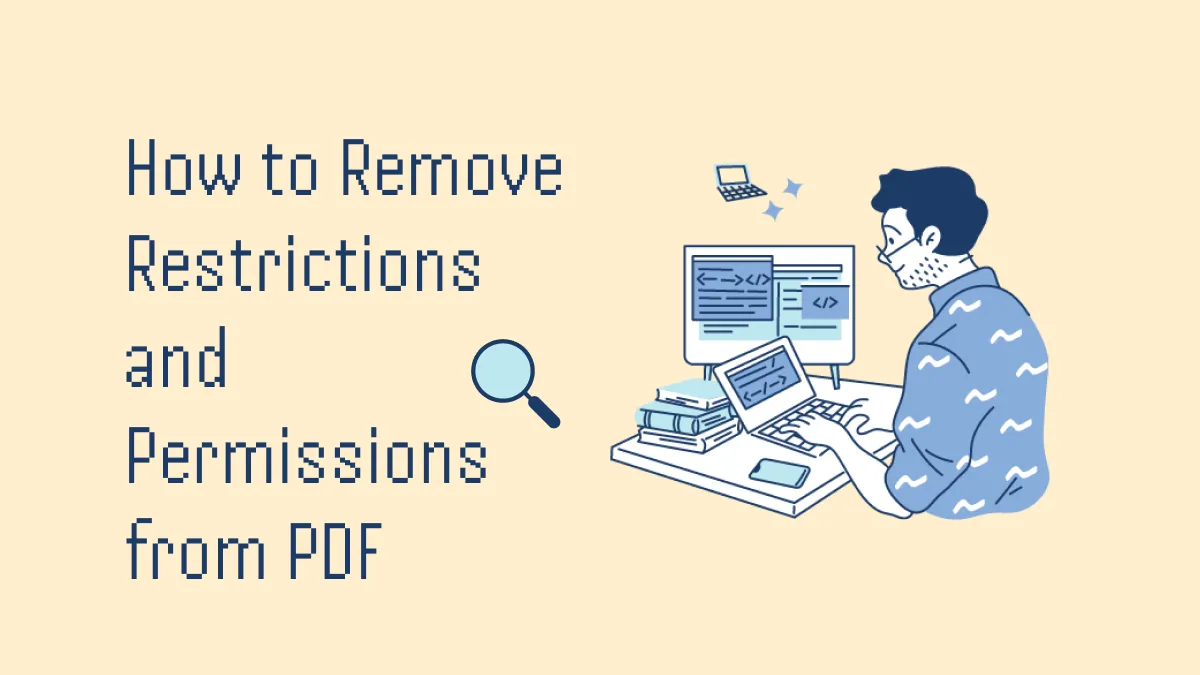Adding a password is a great way to protect PDFs from opening, editing, copying, or printing. However, it could be annoying if you forget the password and do not know how to remove encryption from PDF.
We understand your case as we also have experienced it before. We used many ways to remove encryption from PDF for different passwords in different scenarios and list the 3 most effective ways here.
Method 1. How to Remove Encryption from PDF with UPDF (Open/Permission Password)
UPDF is a powerful PDF editor. It also has an encryption feature to help you encrypt, batch encrypt PDFs or remove security from PDFs whether you have an open password or permission password in the PDF.
Do not know what is the open password or permission password? You can differentiate them by when you are asked to enter the password. If you are asked for the password when you try to open the PDF, it is protected by an open password. If you are required to enter the password when you try to edit, copy, or print the PDF, then, it is a permission password.
UPDF allows you to remove these two types of passwords. However, you have to know the password. After removing the encryption from the PDF, you can add new passwords to the PDF files if you want. Let's download UPDF via the below button on Windows or Mac and move to the steps to remove encryption from PDF.
Windows • macOS • iOS • Android 100% secure
Step 1. Choose the "Remove Security" Option
You can drag your PDF document into the UPDF interface. Or click the "Open File" button on the main interface. If the PDF document is secured with an open password, you will be asked to enter the password. Enter the password to open it.
Click the narrow next to "Save" on the left toolbar and choose the "Remove Password" option from the list.
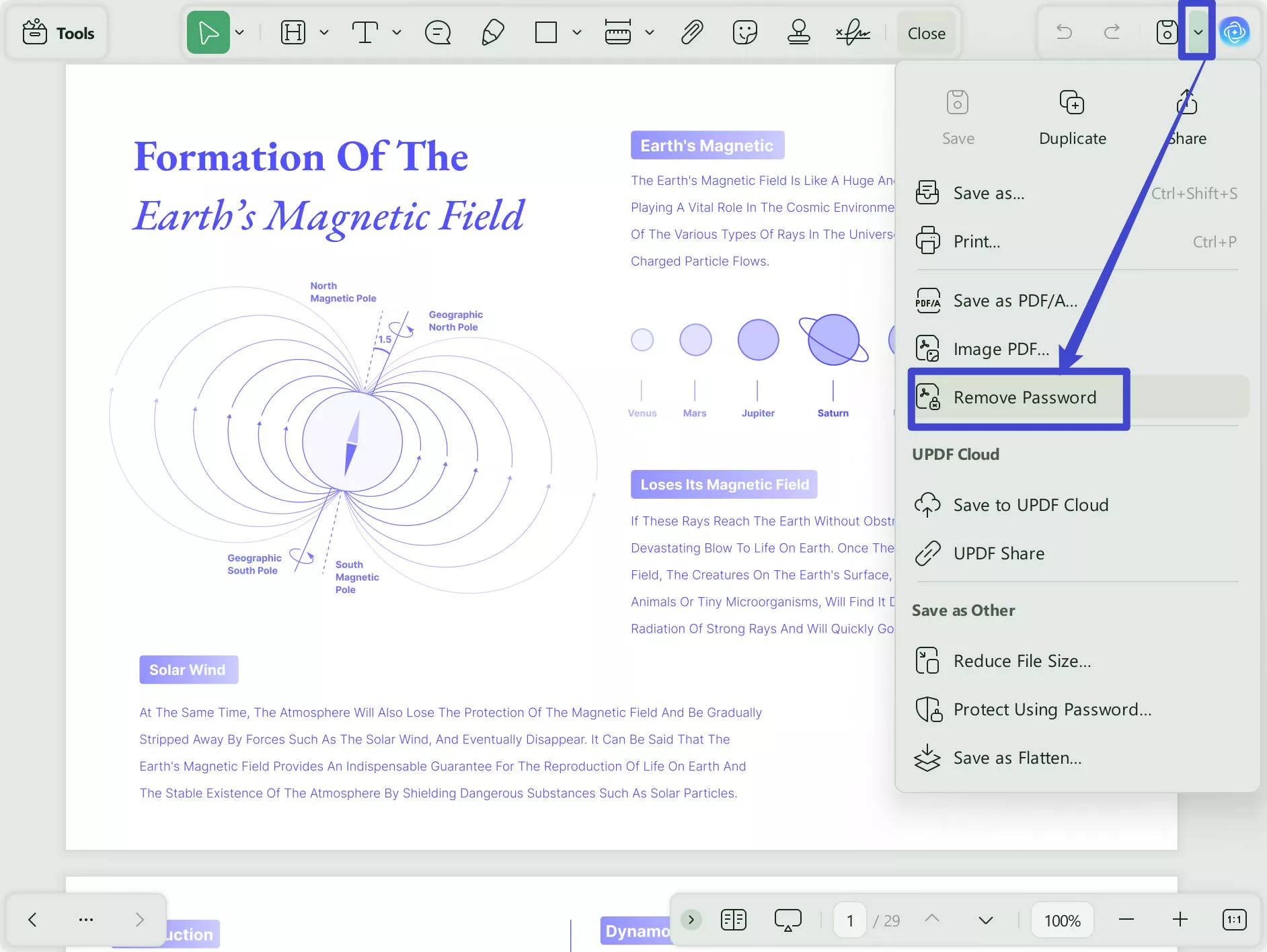
Step 2. Unsecure PDF
If your PDF document is encrypted with a Permissions Password, you will be asked to enter the password now. Enter the password, you can save the PDF without the password.
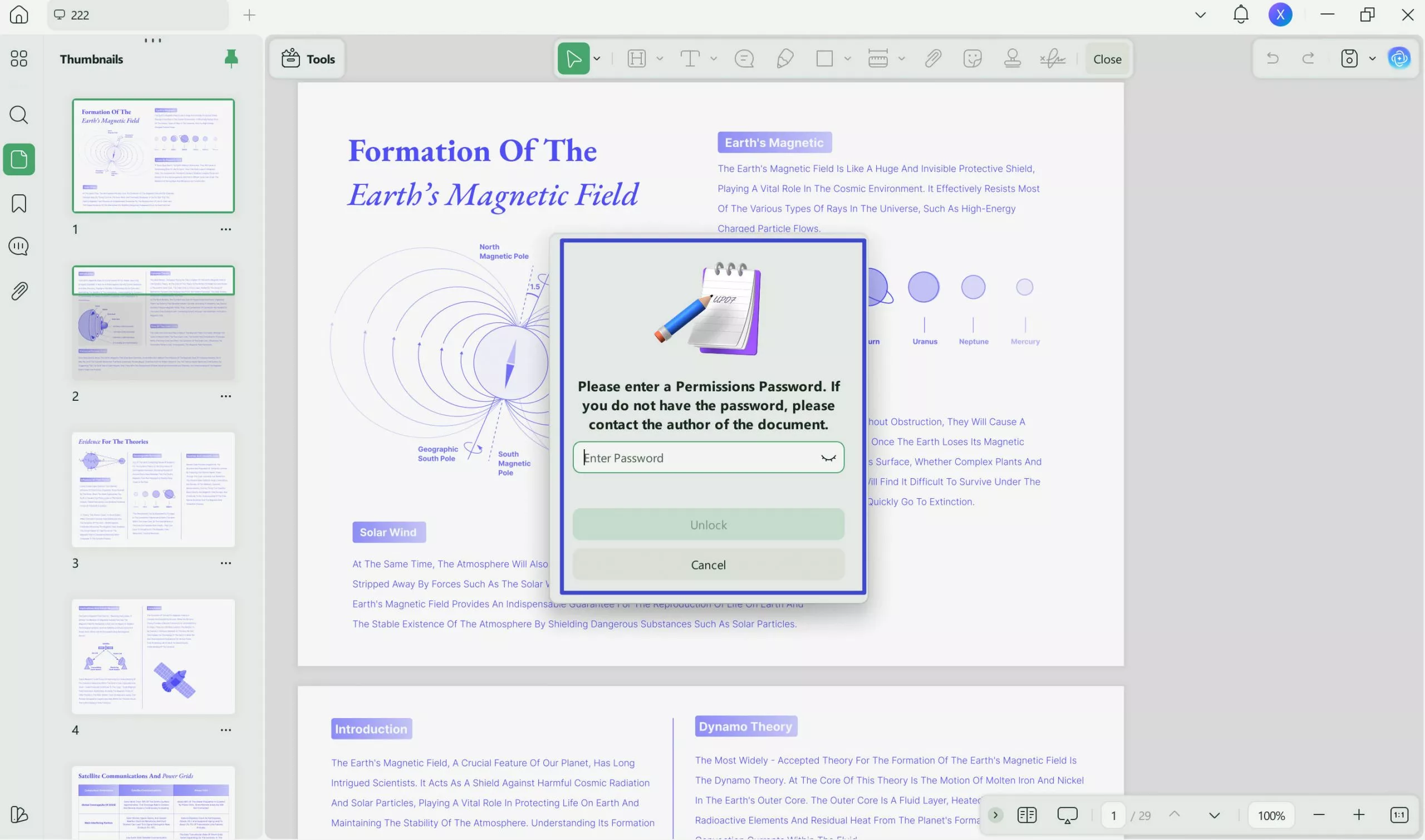
And then click "Save" to save the unlocked PDF file to your computer. This is how you remove encryption from PDF with UPDF. Please note that this method only applies in situations where you already know the password. The best part of this method is that after you remove the encryption from the PDF, you can edit it and annotate it with the same tool. You can check what UPDF offers from the below list, or you can download the UPDF free trial version via the below button, read this UPDF review from Laptopmedia, or watch the YouTube video to learn all the features that UPDF has.
Windows • macOS • iOS • Android 100% secure
The features which make it stand out are:
- UPDF's top function is the ability to edit PDFs with full functionality and freedom.
- Convenient and powerful PDF annotation tools.
- Tools for reading PDF files that are easy on the eyes.
- PDF document and page management are made simple.
- It also has a PDF conversion feature and you can convert PDFs to many popular formats.
- Lock PDF from editing, printing, and copying with UPDF is straightforward.
- Summarize, translate, and explain PDFs with UPDF AI.
Hot:
Method 2. How to Remove Encryption from PDF File Without Permission Password By aJoysoft
aJoysoft serves as one of the offline solutions to unlock a PDF with restrictions to its content. This PDF password remover can remove the password and gives you access to copy and print out a PDF. Moreover, you can remove an open password for a seamless viewing experience. The following are the steps to remove encryption from PDF without permission password with aJoysoft.
Step 1. Import Your Encrypted Documents
After successfully downloading the tool, initiate the process by launching this password remover on your system. Navigate to the software homepage, and in the center of the screen, select the "Add Files" button. This action will allow you to choose the password-protected file and import it into the tool.
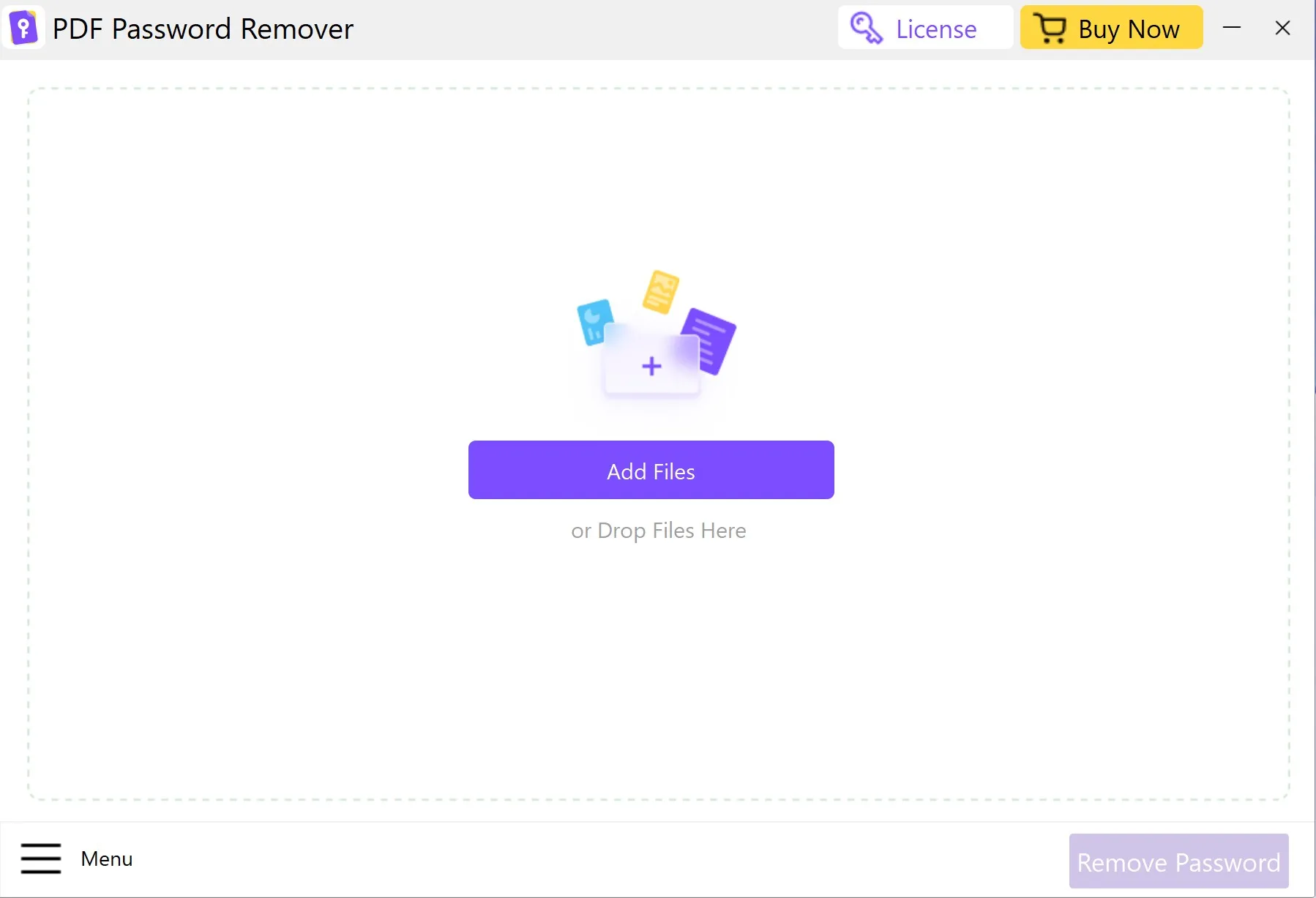
Step 2. Access the Password Remover Feature
After adding the PDF file, you'll encounter a new window with an option to remove restrictions on the document. Here, hit the "Remove Password" button at the bottom right to get access to the PDF. Subsequently, you get the ability to edit, copy, or print the PDF contents.
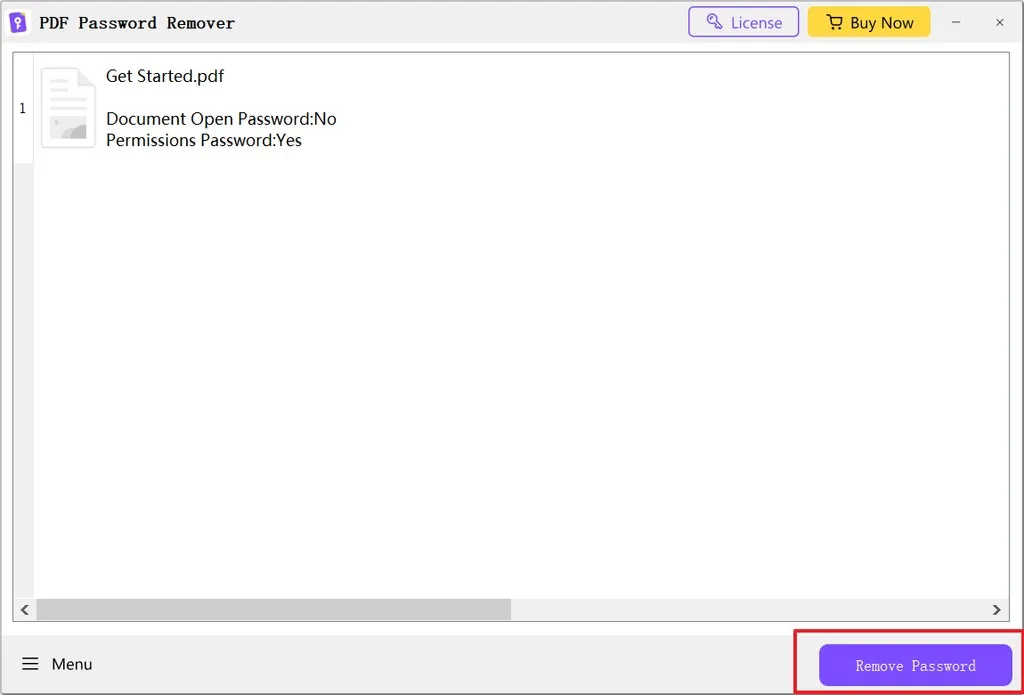
To remove a user password or an open password, click on the "Lock" icon, which opens a pop-up menu, allowing you to enter the open password. Later, hit the "OK" button to open this document with a restriction on the user password. Finally, you can save the files on your devices to access the unrestricted version of the file at any time.
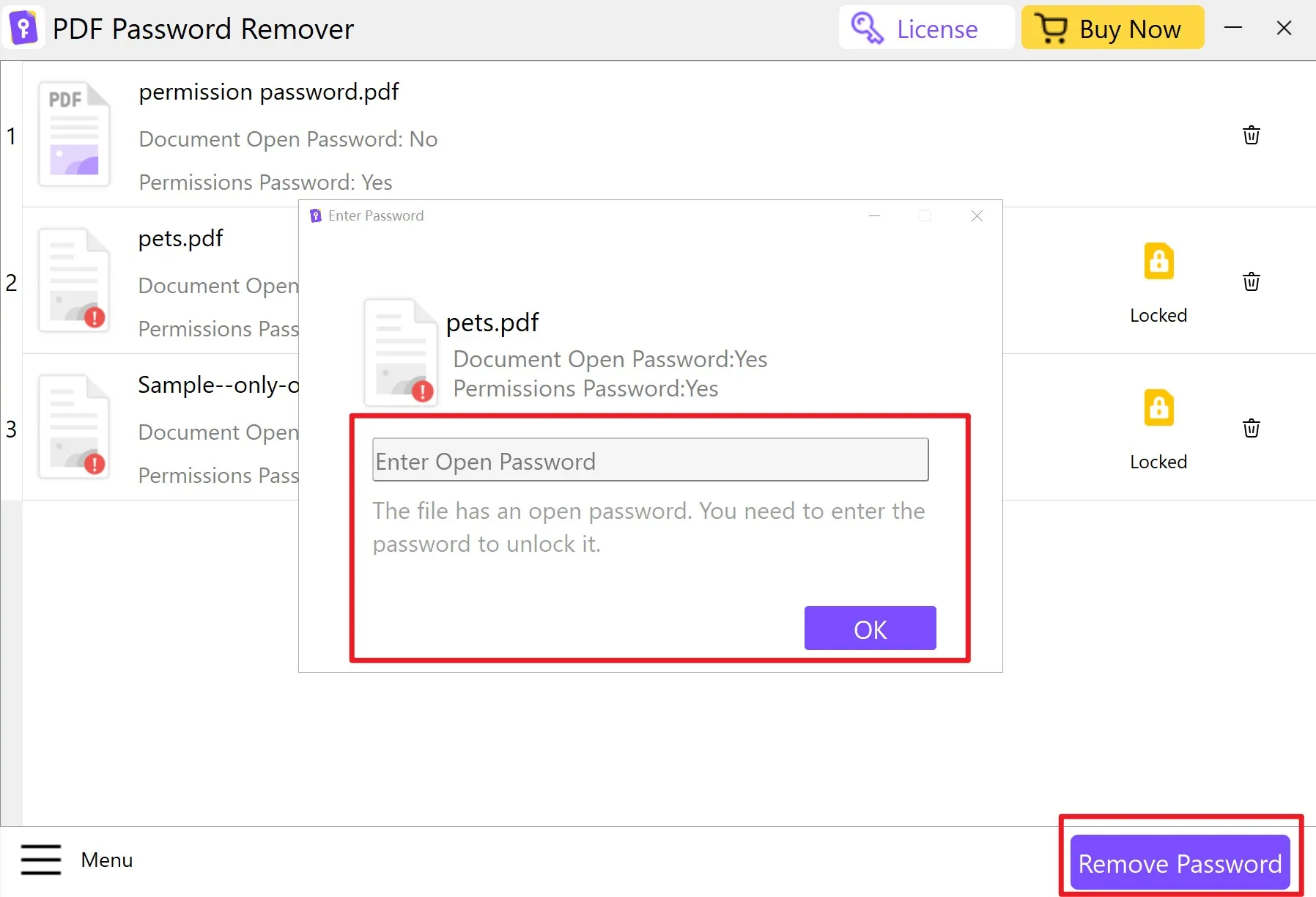
Method 3. How to Remove Encryption from PDF Without Open Password? (iSunshare+UPDF)
If you have an open password for the PDF file and forget it, you can use iSunshare PDF Password Genius to recover it. Please note if your open password is longer than 3 characters, you need to pay the recover the password. Once you know the password, you can use the UPDF to remove it. Here is the guide you can follow.
Step 1. Search "iSunshare PDF Password Genius", enter the official website, download the software on your computer, and run it.
Step 2. Click "Open" to open the PDF file with an open password, then, hit the "Start" icon to let this software help you recover the password. When the process is finished, you will find the open password in the pop-up window.
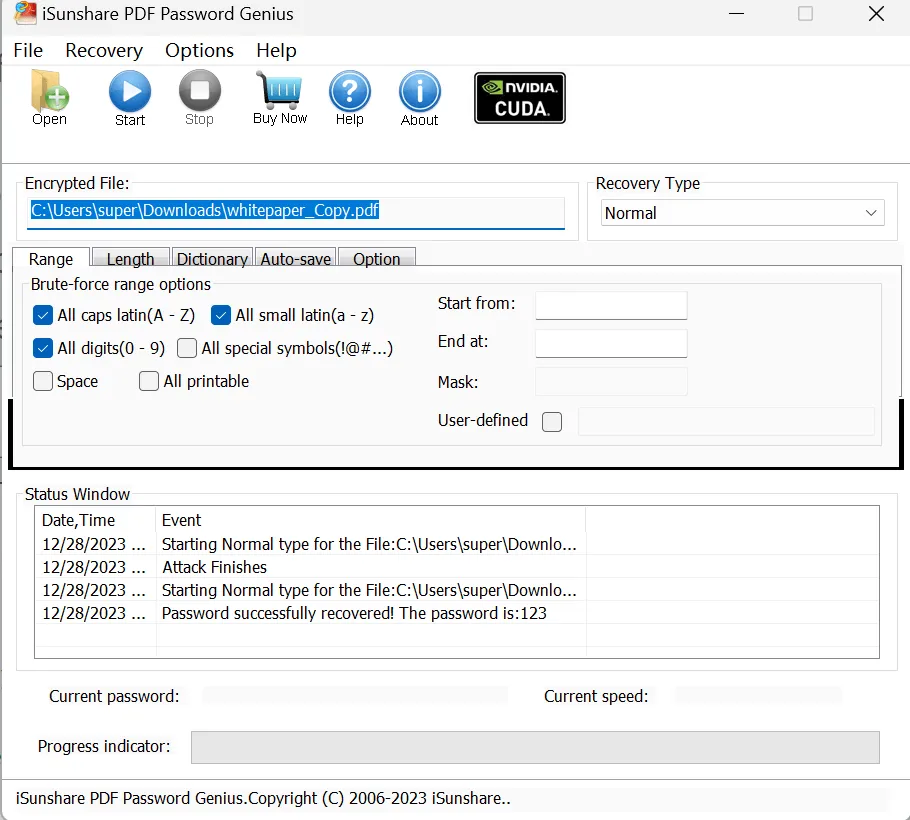
Step 3. Open the open password-protected PDF with UPDF, enter the password you recovered with iSunshare PDF Genius, now, go to the narrow next to "Save" > "Remove Password" to remove the open password. Now, you have the PDF file without open password.
If you do not have UPDF on your computer, you can download UPDF via the below button.
Windows • macOS • iOS • Android 100% secure
Two Types of Encryptions for PDF Documents
Encryption in documents is essential when they are to be protected from illegal access. Thus, PDF editors provide different options for adding encryptions within PDF documents. We shall be reviewing the two types of encryptions that can be added to the documents:
1. Open Password Encryption
The use of this type of encryption is helpful in situations where you have to enclose a complete document. You may use the option of open password encryption if you want to lock the document and send it to another user who can open it with the password communicated to them. This type of lock prevents the PDF from being read by any unauthorized user, which means that it is completely locked and useless if it does not open.
2. Permission Password
Permission passwords are a different form of encryption that puts security on some specifics of the PDF document. PDF editors provide the option of including the option of permission passwords that prevents other users from performing different actions. They might not be able to edit the document or change its formatting. You can also set encryptions that prevent them from printing the document or sharing it on any other platform.
In UPDF, there are also three Encryption Levels of open password and permission passwords, including 128-bit RC4, 128-bit AES, and 256-bit AES. The different levels refer to different protection levels. The 256-bit-AES is the highest level for the password.
Why You Need to Remove Encryption from PDF
Why would one move to remove the encryptions from their PDF document? The reasons provided below will help you understand the significance of removing passwords from the documents:
- Putting restrictions on PDF documents prevents you from performing different actions, which might include copying content. If you have to copy some content to another file for another purpose, you won't be able to do it until the files are encrypted. Thus, it is essential to remove these encryptions from the PDF files.
- To increase the accessibility of the document to other users, it would be best if you consider removing the encryptions from the PDF document. Removing the encryptions would help you easily share the document with other users. Being a professor, it would be tiring to provide every student with the password to the document.
- If you wish to publish the document to another platform, you must have to remove the encryption from the PDF document so that it does not leave behind any problems during the process. As encryption prevents users from accessing or making changes in the document, this can get quite problematic.
- Printing documents is impossible if the PDF documents have encryptions on them. The document won't accept any command since it is inaccessible. Thus, you will have to remove the permission password from the document to have it printed.
Conclusion
Removing encryption from PDF is not a problem for you now. You can use the methods above to unlock your PDF files in any situation.
If you know the password, the best way to do that is to use UPDF as it does not only help you remove the password but also change and edit the password in PDF. Moreover, it can give you more surprise like AI features that can help you summarize, explain, translate, etc.
Windows • macOS • iOS • Android 100% secure
 UPDF
UPDF
 UPDF for Windows
UPDF for Windows UPDF for Mac
UPDF for Mac UPDF for iPhone/iPad
UPDF for iPhone/iPad UPDF for Android
UPDF for Android UPDF AI Online
UPDF AI Online UPDF Sign
UPDF Sign Edit PDF
Edit PDF Annotate PDF
Annotate PDF Create PDF
Create PDF PDF Form
PDF Form Edit links
Edit links Convert PDF
Convert PDF OCR
OCR PDF to Word
PDF to Word PDF to Image
PDF to Image PDF to Excel
PDF to Excel Organize PDF
Organize PDF Merge PDF
Merge PDF Split PDF
Split PDF Crop PDF
Crop PDF Rotate PDF
Rotate PDF Protect PDF
Protect PDF Sign PDF
Sign PDF Redact PDF
Redact PDF Sanitize PDF
Sanitize PDF Remove Security
Remove Security Read PDF
Read PDF UPDF Cloud
UPDF Cloud Compress PDF
Compress PDF Print PDF
Print PDF Batch Process
Batch Process About UPDF AI
About UPDF AI UPDF AI Solutions
UPDF AI Solutions AI User Guide
AI User Guide FAQ about UPDF AI
FAQ about UPDF AI Summarize PDF
Summarize PDF Translate PDF
Translate PDF Chat with PDF
Chat with PDF Chat with AI
Chat with AI Chat with image
Chat with image PDF to Mind Map
PDF to Mind Map Explain PDF
Explain PDF Scholar Research
Scholar Research Paper Search
Paper Search AI Proofreader
AI Proofreader AI Writer
AI Writer AI Homework Helper
AI Homework Helper AI Quiz Generator
AI Quiz Generator AI Math Solver
AI Math Solver PDF to Word
PDF to Word PDF to Excel
PDF to Excel PDF to PowerPoint
PDF to PowerPoint User Guide
User Guide UPDF Tricks
UPDF Tricks FAQs
FAQs UPDF Reviews
UPDF Reviews Download Center
Download Center Blog
Blog Newsroom
Newsroom Tech Spec
Tech Spec Updates
Updates UPDF vs. Adobe Acrobat
UPDF vs. Adobe Acrobat UPDF vs. Foxit
UPDF vs. Foxit UPDF vs. PDF Expert
UPDF vs. PDF Expert

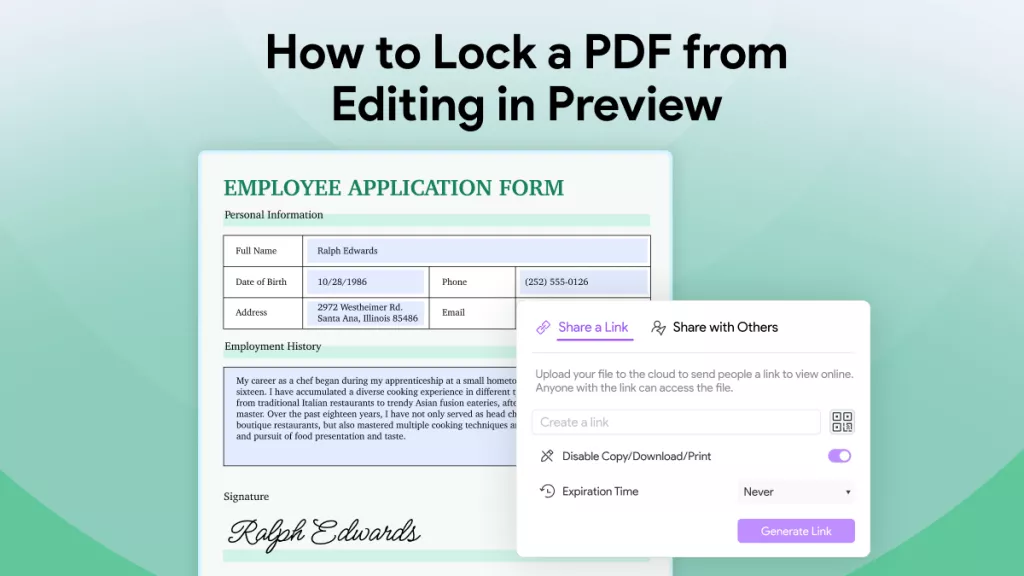
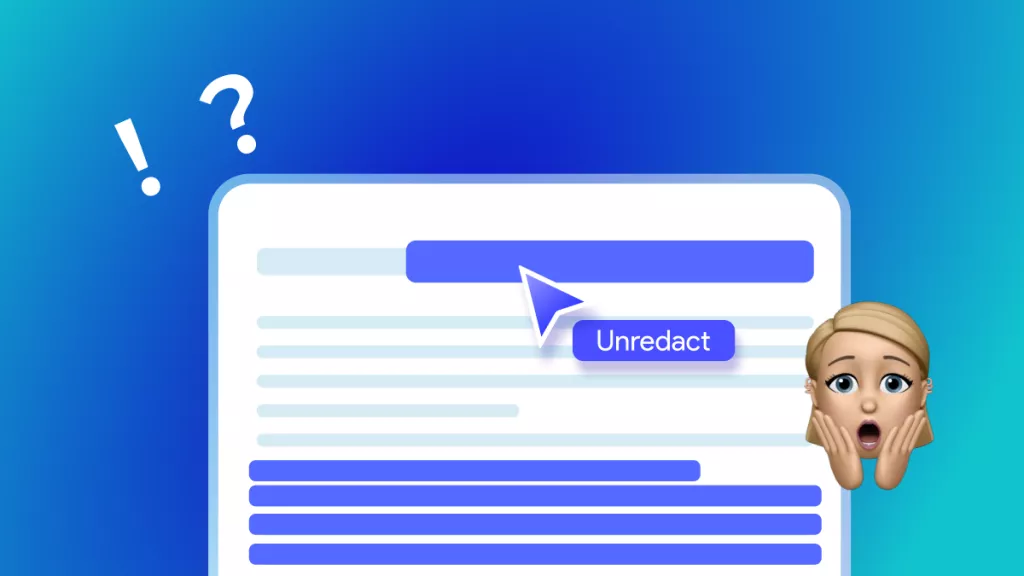
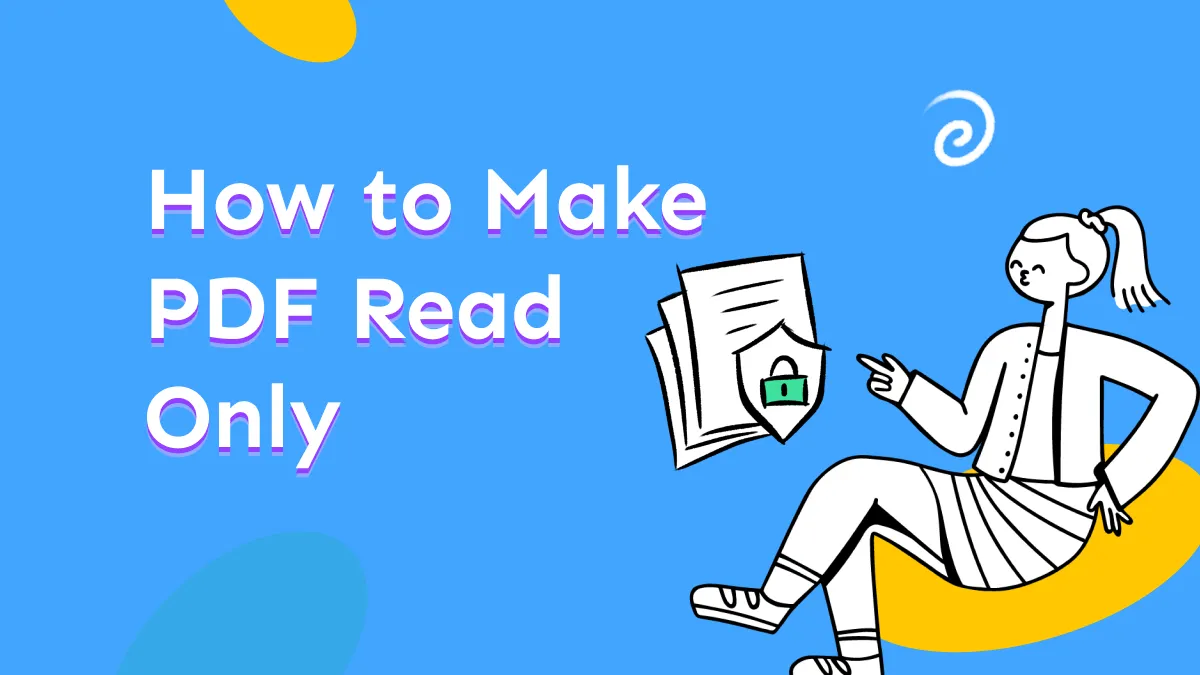
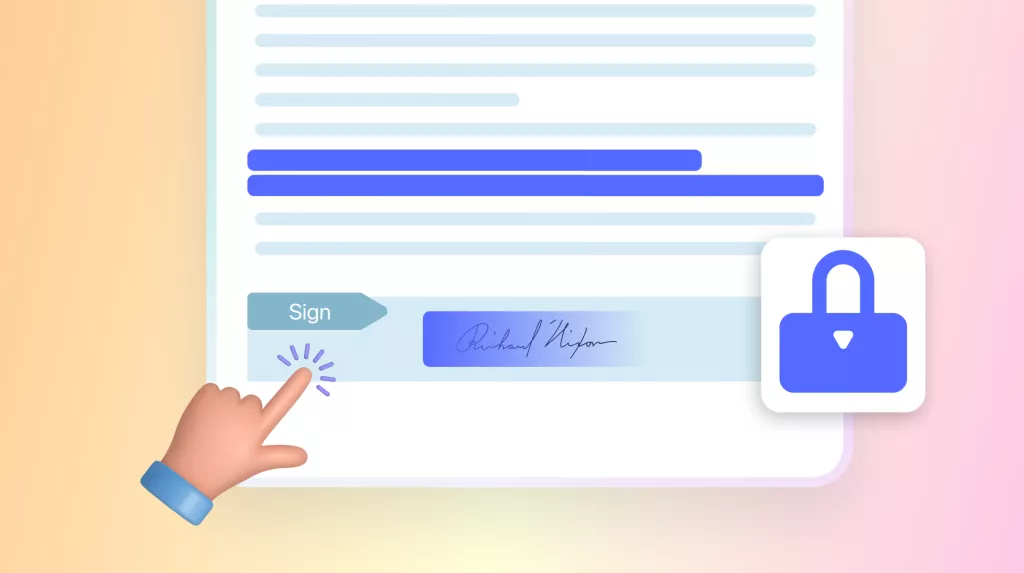
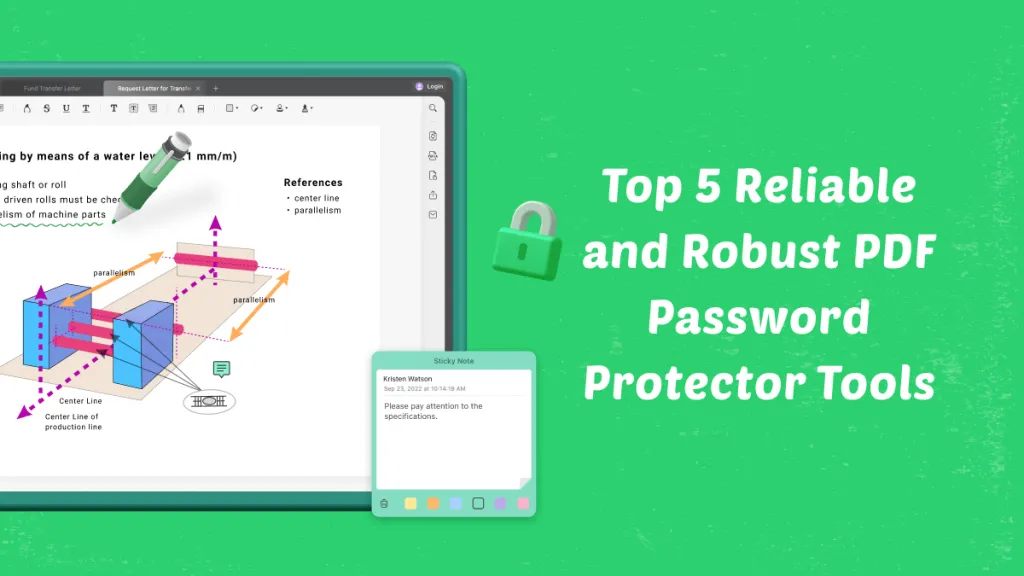
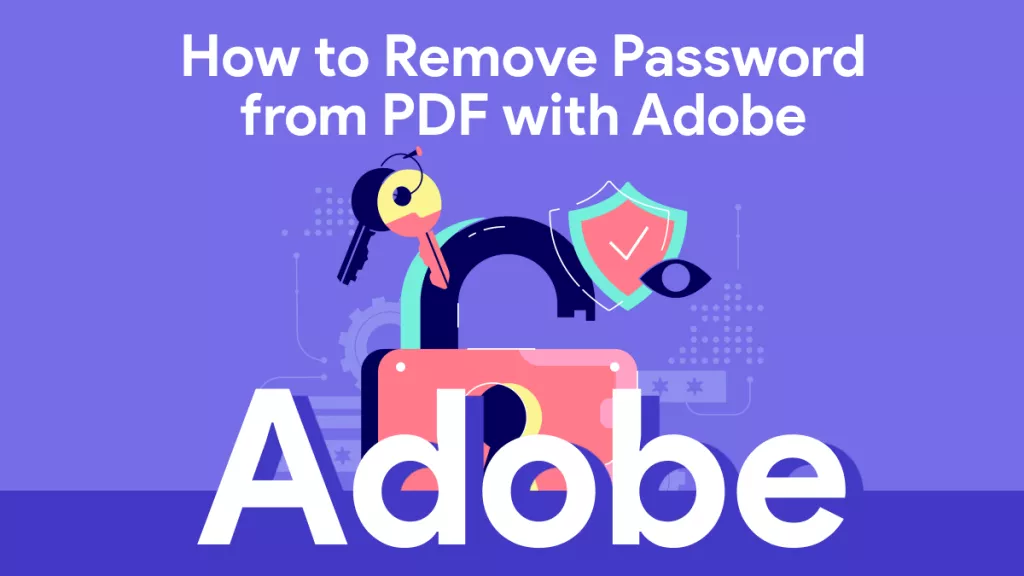
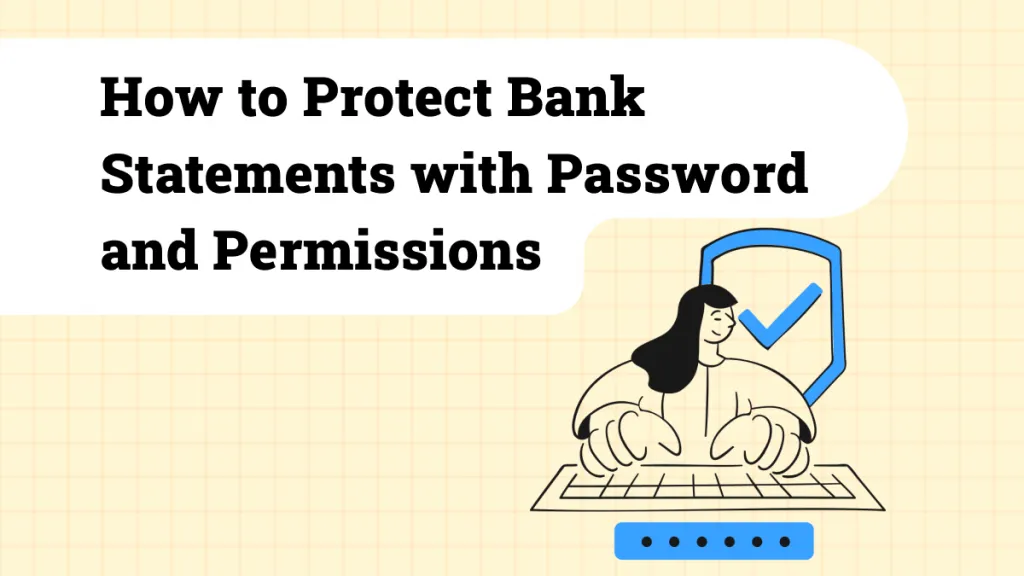
 Enola Davis
Enola Davis 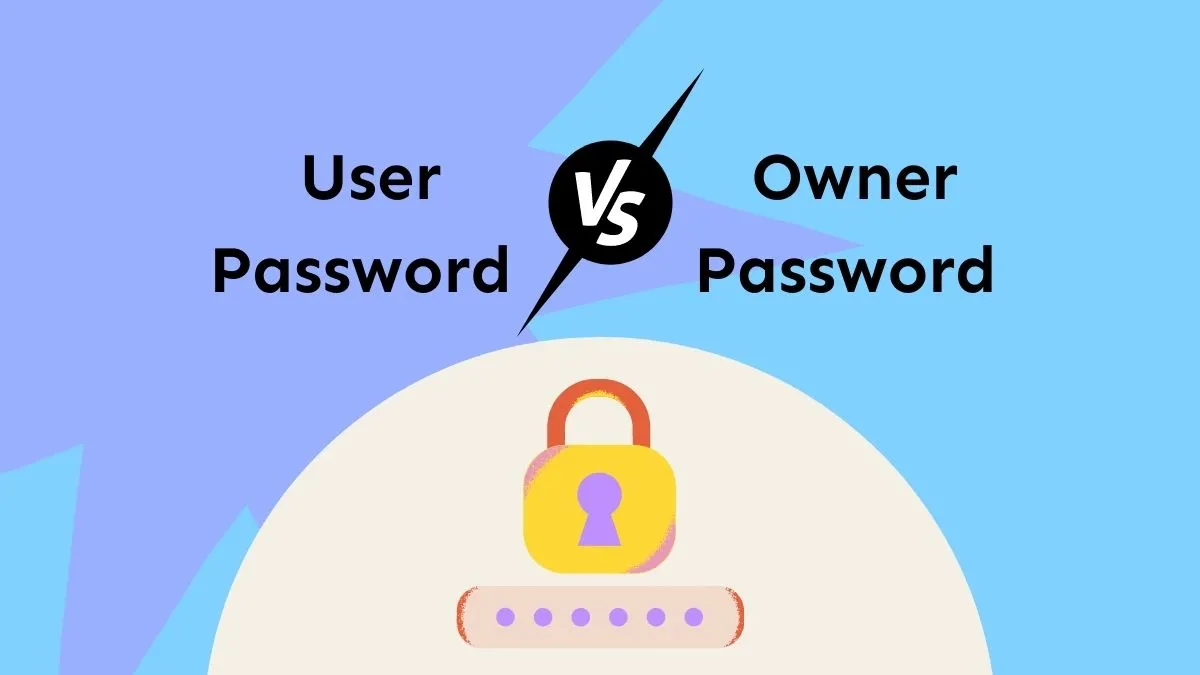
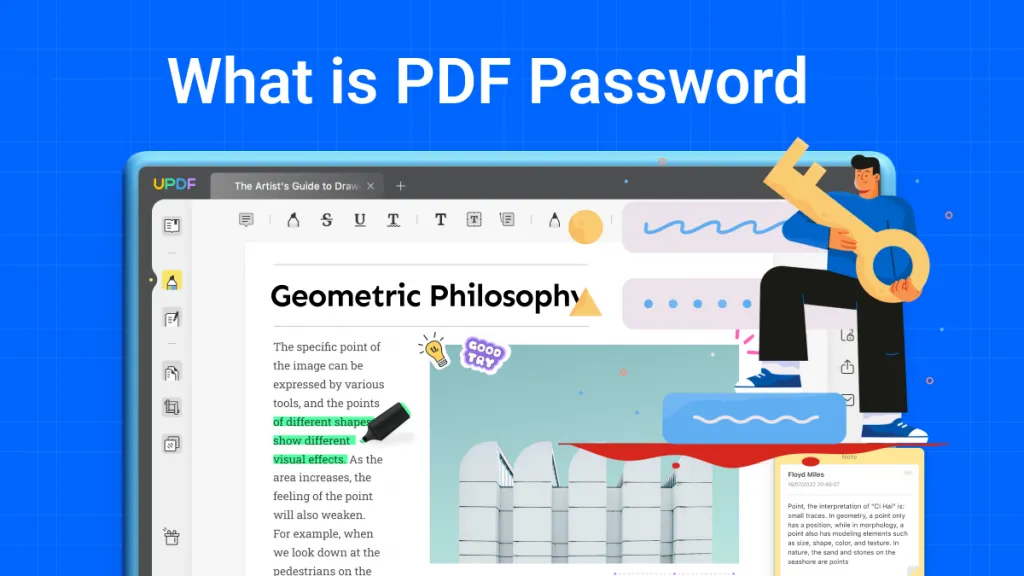
 Enola Miller
Enola Miller 
 Lizzy Lozano
Lizzy Lozano 